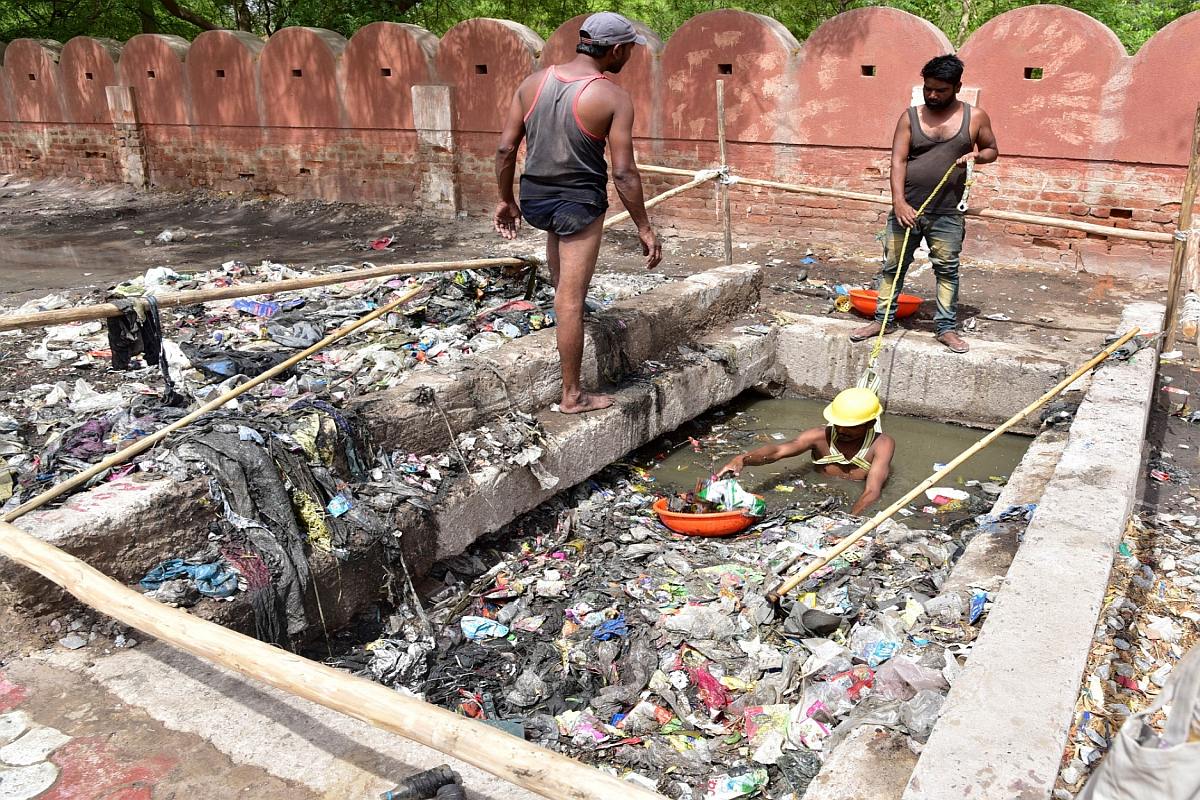Manual scavengers were outlawed in 1993. But the reality tells a different story if one gets to know the plights of the manual scavengers in the country with as many as 26 lakh active sewers and over 7 lakh sewer cleaners.
According to official statistics, up to 347 persons perished in India over the past 5 years while cleaning septic tanks and sewers. Forty per cent of these fatalities took place in Uttar Pradesh, Tamil Nadu, and Delhi.
Infact, in the monsoon session of 2022, Union Minister for Social Justice and Empowerment, Virendra Kumar said in the Lok Sabha that 92 such fatalities were reported in 2017, 67 in 2018, 116 in 2019, 19 in 2020, 36 in 2021, and 17 deaths in 2022.
Advertisement
According to the Safai Karmachari Andolan ‘s official website, thousands of individuals still clean human garbage and excrement with their bare hands in the 21st century. By the norms of any civilization, this is a violation of the fundamental right to dignity, yet the nation tolerates it as the norm.
The Centre has taken a number of steps to stop this practise. But nothing has really been put into action. However, there are still 2,600,000 dry latrines in the nation that need somebody to empty the waste.
They include the roughly 770,000 manual scavengers, who physically clean the sewers and drains. They are apart from around 8,025 manual scavengers, who work at the nation’s railroad terminals.
The authorities continue to use these risky methods, despite the availability of alternatives like contemporary mechanised pumps. The available pumps are a useful and effective instrument for clearing clogged sewers and cleaning unclean drains that would otherwise, require a person to descend into them.
According to the experts, unplanned construction of these drains and sewers, along with a less expensive hand cleaning technique, leads to the continuous employment of humans.
Advertisement











